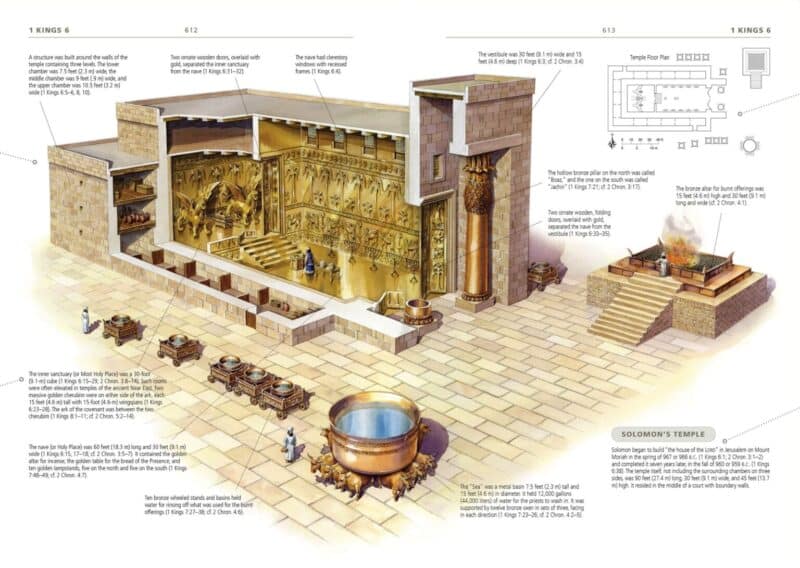October 15, 2023
1 Kings 7
What’s He Building?
Solomon is in the middle of a 20-year-long construction project of the Temple and his palace. He uses only the brightest and the best for his builders and craftsmen, and the results are magnificent.
What does his project reveal about his heart for the Lord? How is God going about building His kingdom now, and how do we fit in to His building process? What foundation are we building our lives upon?
Join Pastor Matt as he teaches us through 1 Kings 7 and we look at the building of God’s kingdom in our hearts.


